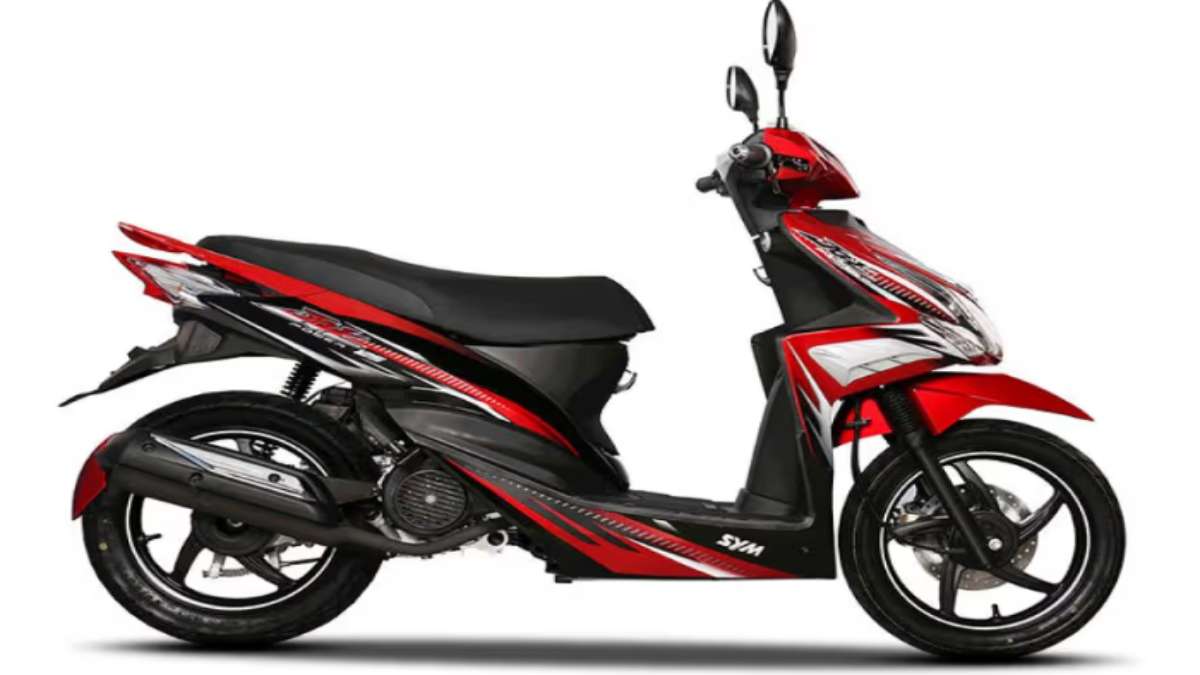Introduction
Jet power is a fundamental concept in aerospace engineering, driving the propulsion systems of modern aircraft and spacecraft. It encompasses the mechanisms by which engines convert fuel into thrust, enabling flight. This article delves into the principles, types, and applications of jet power, providing engineering students and aerospace professionals with a comprehensive understanding of this critical field.
The Fundamentals of Jet Power
What Is Jet Power?
Jet power refers to the energy produced by jet engines to propel aircraft and spacecraft. It involves the conversion of chemical energy from fuel into kinetic energy, resulting in thrust. This process is governed by Newton’s Third Law of Motion: for every action, there is an equal and opposite reaction. In jet engines, the expulsion of high-speed exhaust gases generates the forward thrust necessary for flight.Techie ScienceScientific American
The Role of Propulsion Systems
Propulsion systems are the heart of jet power, encompassing various engine types designed to meet specific performance requirements. These systems intake air, compress it, mix it with fuel, ignite the mixture, and expel the resulting gases to produce thrust. The efficiency and effectiveness of these systems are crucial in determining the performance characteristics of an aircraft or spacecraft.
Types of Jet Engines
Turbojet Engines
Turbojet engines are among the earliest forms of jet propulsion. They operate by compressing incoming air, mixing it with fuel, igniting the mixture, and expelling the exhaust gases to produce thrust. While efficient at high speeds, turbojets are less fuel-efficient at lower speeds compared to other engine types.
Turbofan Engines
Turbofan engines are widely used in commercial aviation due to their efficiency and quieter operation. They feature a large fan at the front that bypasses a significant portion of air around the engine core, providing additional thrust. This bypassed air contributes to the engine’s efficiency and reduces noise levels.Techie Science+2Scientific American+2Aerospace Engineering Blog+2
Turboprop Engines
Turboprop engines combine jet propulsion with a propeller. They are commonly used in smaller aircraft and are known for their fuel efficiency at lower speeds and altitudes. The engine drives a propeller, which provides thrust, while the jet component contributes to overall efficiency.
Ramjet Engines
Ramjet engines are a type of air-breathing jet engine that operates efficiently at high speeds. They lack moving parts and rely on the aircraft’s high speed to compress incoming air before combustion. This simplicity allows for high-speed operation but limits their use to supersonic speeds.WIRED
The Science Behind Jet Power
Newton’s Third Law of Motion
The operation of jet engines is fundamentally based on Newton’s Third Law of Motion, which states that for every action, there is an equal and opposite reaction. In the context of jet propulsion, the expulsion of high-speed exhaust gases backward generates an equal and opposite force that propels the aircraft forward.Techie Science
Thermodynamics in Jet Engines
Thermodynamics plays a crucial role in the efficiency of jet engines. The compression of air increases its pressure and temperature, while expansion through turbines extracts energy to drive the compressor. The balance between these processes determines the engine’s overall efficiency and performance.Techie Science
Applications of Jet Power
Commercial Aviation
In commercial aviation, jet power enables the efficient and rapid transportation of passengers and cargo over long distances. Turbofan engines, with their high efficiency and reduced noise levels, are the preferred choice for commercial airliners.
Military Aviation
Military aircraft require jet engines that offer high thrust-to-weight ratios and the ability to operate at various speeds and altitudes. Turbojet and advanced turbofan engines are commonly used in fighter jets and bombers to meet these demanding requirements.Techie ScienceScientific American
Space Exploration
Jet power extends beyond atmospheric flight into space exploration. Rocket engines, which operate on similar principles, provide the thrust necessary to escape Earth’s gravity and travel into space. Advancements in propulsion technologies continue to enhance the efficiency and capabilities of space missions.
Advancements in Jet Power Technology
High-Temperature Materials
The development of materials that can withstand higher temperatures has significantly improved jet engine performance. Materials such as nickel-based superalloys allow engines to operate at higher temperatures, increasing efficiency and power output.Techie Science
Additive Manufacturing
Additive manufacturing, or 3D printing, has revolutionized the production of jet engine components. This technology enables the creation of complex parts with reduced weight and improved performance, leading to more efficient and cost-effective engines.
Hybrid Propulsion Systems
Hybrid propulsion systems, combining traditional jet engines with electric motors, are being explored to reduce fuel consumption and emissions. These systems aim to create more sustainable aviation solutions without compromising performance.
Conclusion
Jet power is a cornerstone of aerospace engineering, driving the evolution of flight technologies. Understanding the principles, types, and applications of jet propulsion systems is essential for engineering students and aerospace professionals. As advancements continue in materials science, manufacturing technologies, and propulsion systems, the future of jet power promises even greater efficiency and capabilities in aviation and space exploration.
Frequently Asked Questions (FAQs)
1. What is the primary function of jet power in aviation?
Jet power provides the thrust necessary for aircraft to overcome gravitational forces and achieve flight.
2. How do turbofan engines differ from turbojet engines?
Turbofan engines are more fuel-efficient and quieter at lower speeds, while turbojet engines are optimized for high-speed performance.
